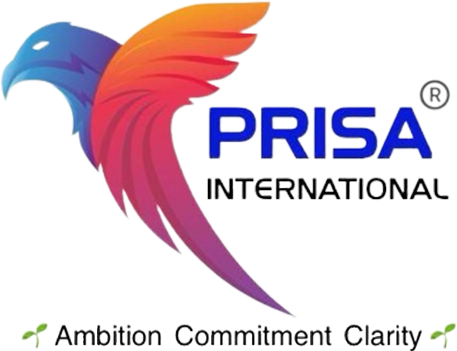Prisa International
Our Services
Our Services
Great fabrics, amazing products
Textile services play a crucial role in maintaining cleanliness, hygiene, and quality standards across various industries while also supporting sustainability efforts and optimizing operational efficiency.
Satin Weaving
Satin weaving can be done using various fibers, including silk, polyester, nylon, rayon, and cotton, among others. Each type of fiber produces satin fabric with unique properties and characteristics, such as silk satin known for its natural sheen and smoothness, while polyester satin is more durable and affordable.
Fabric Printing
Fabric printing can be used to create a wide range of products, including clothing, home textiles, upholstery, accessories, and more. It offers endless possibilities for customization, allowing designers to experiment with colors, patterns, and textures to achieve desired aesthetic effects.
Fabric Dyeing
Fabric dyeing is a complex and specialized process that requires expertise in chemistry, color theory, and textile technology. It allows for a wide range of colors, patterns, and effects, making it an essential component of textile manufacturing and fashion design.
Linen Weaving
Linen weaving is the process of creating linen fabric from the fibers of the flax plant. Linen is a natural textile made from the fibers found in the stems of the flax plant. It is one of the oldest textiles known to humanity, prized for its strength, durability, and breathability
Garment Stitching
Garment stitching is the process of joining together pieces of fabric to create finished garments. It is a critical stage in the apparel manufacturing process and requires precision, skill, and attention to detail.
Clothes Coloring
Clothes coloring, also known as garment dyeing or fabric dyeing, is the process of applying color to textiles to achieve desired hues, patterns, or designs. It is an essential step in the production of colored garments and involves various methods and techniques depending on the type of fabric, desired color intensity, and design requirements.
